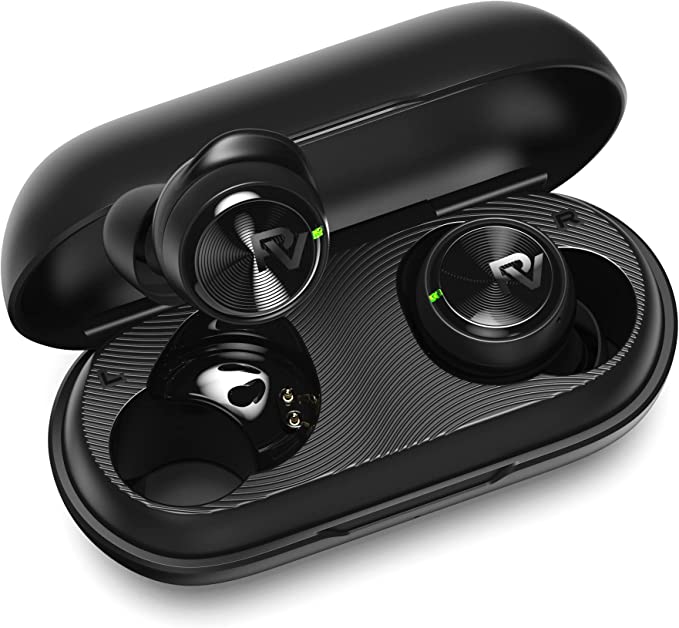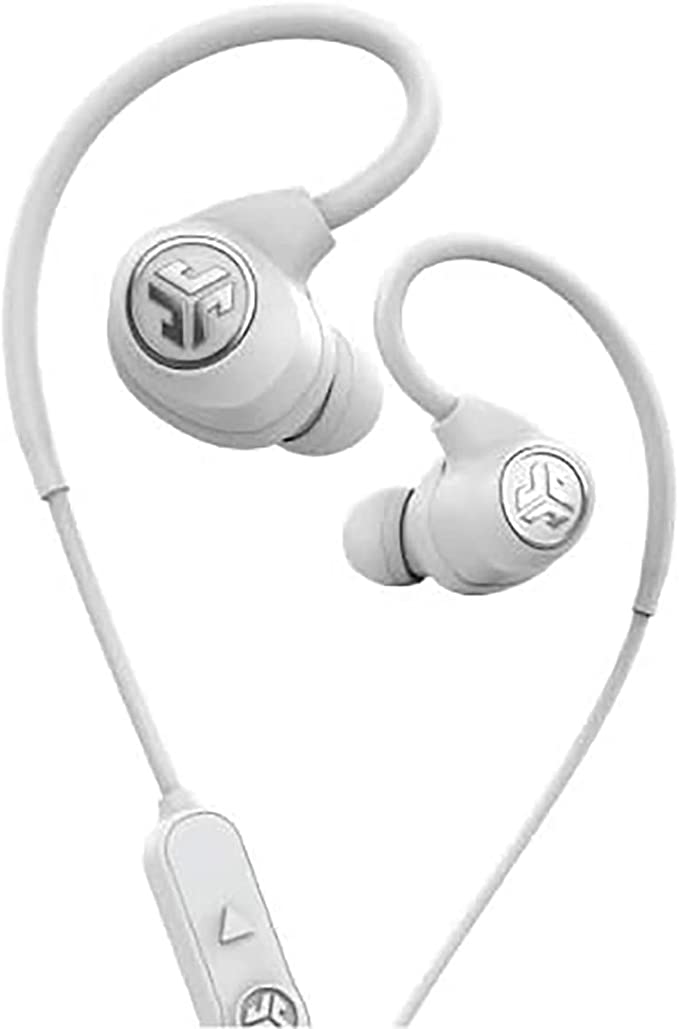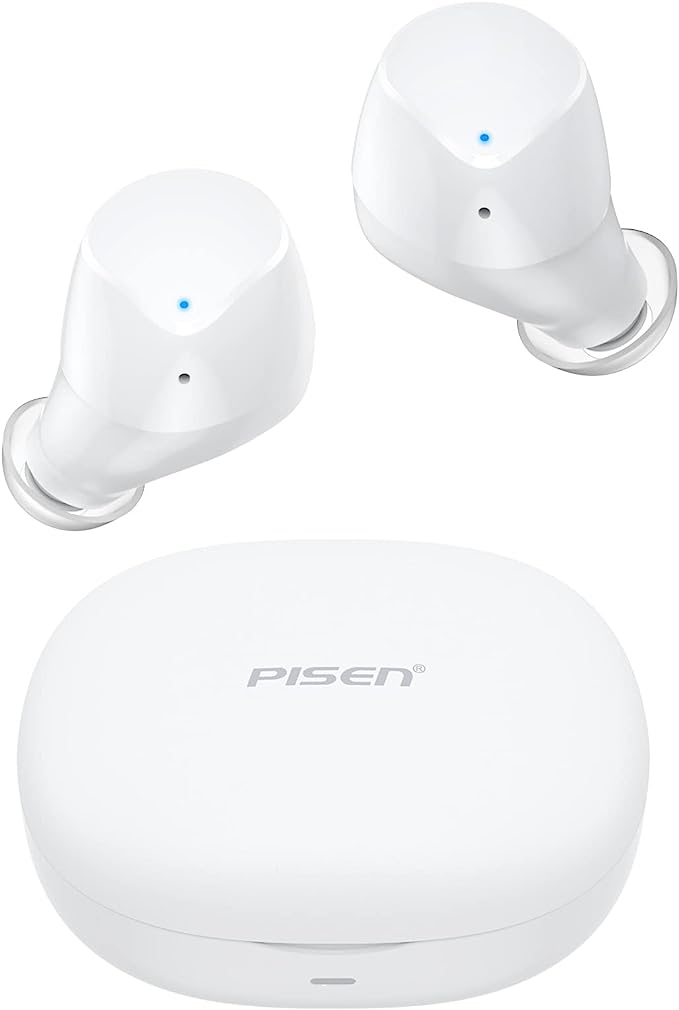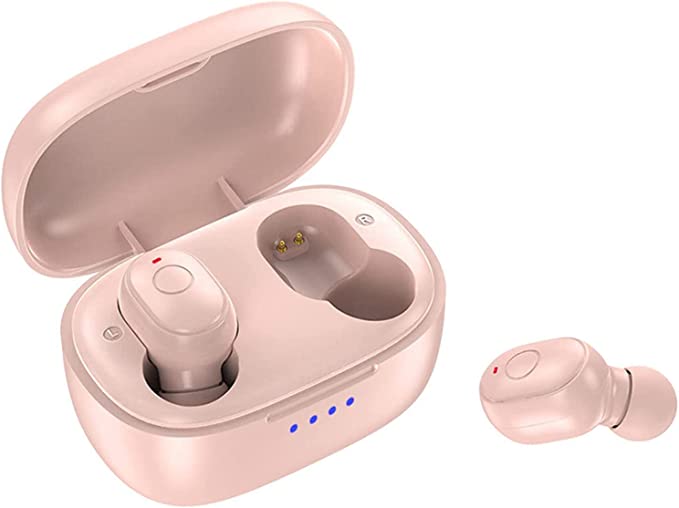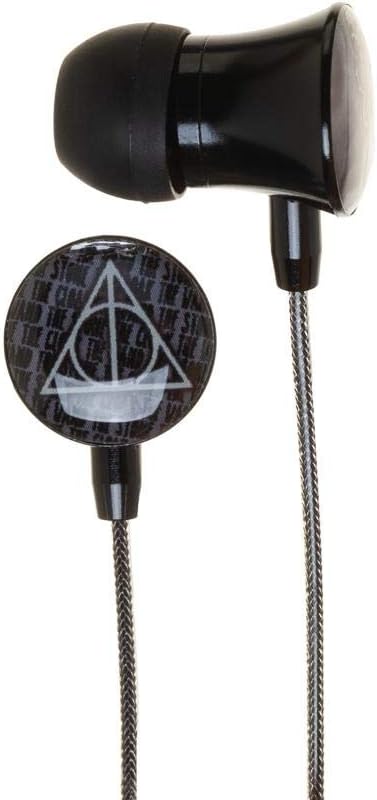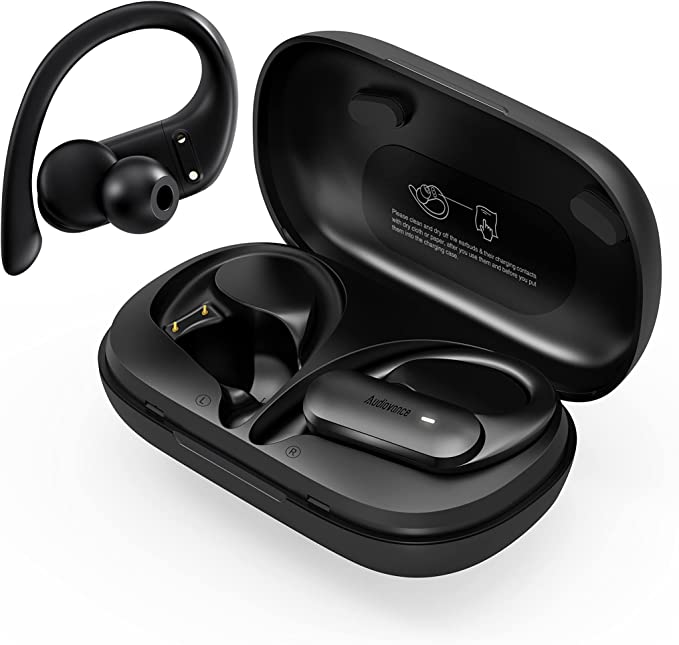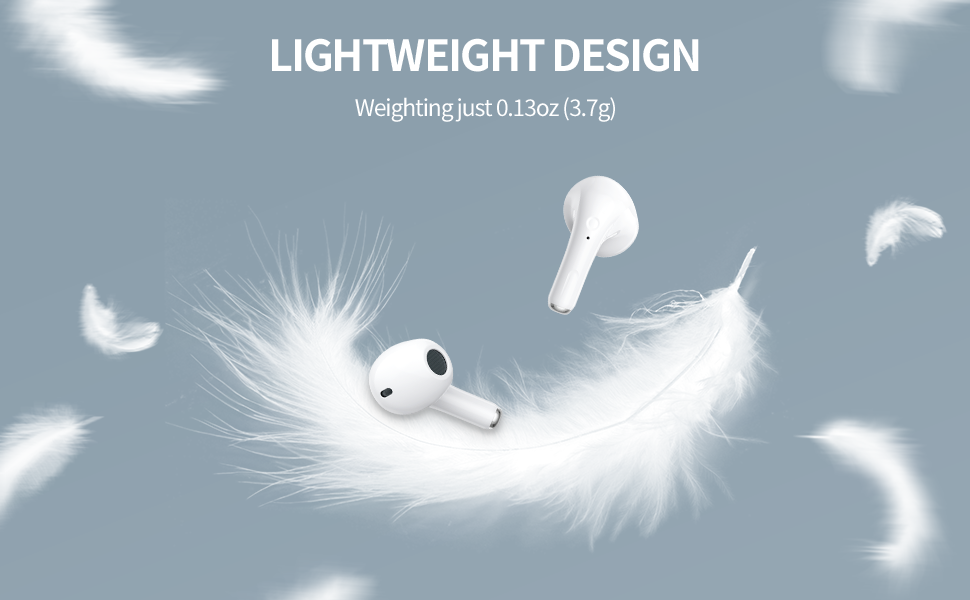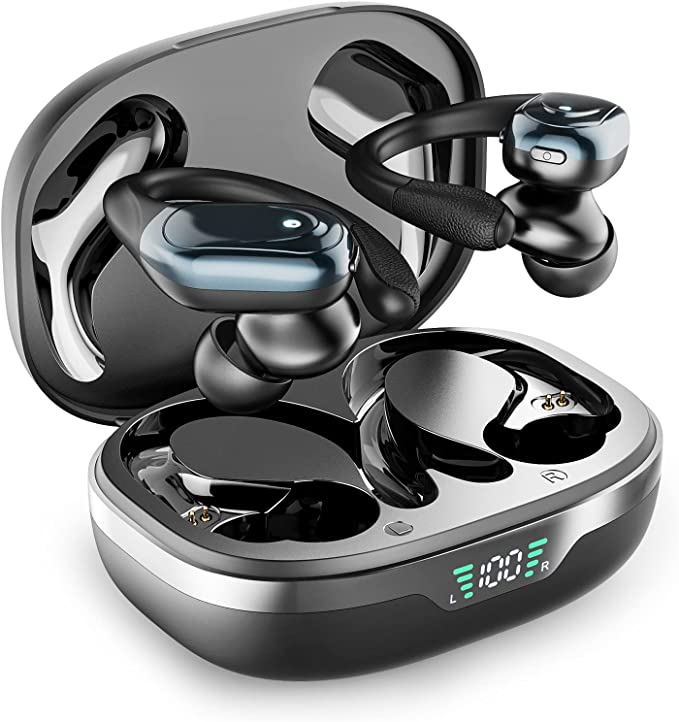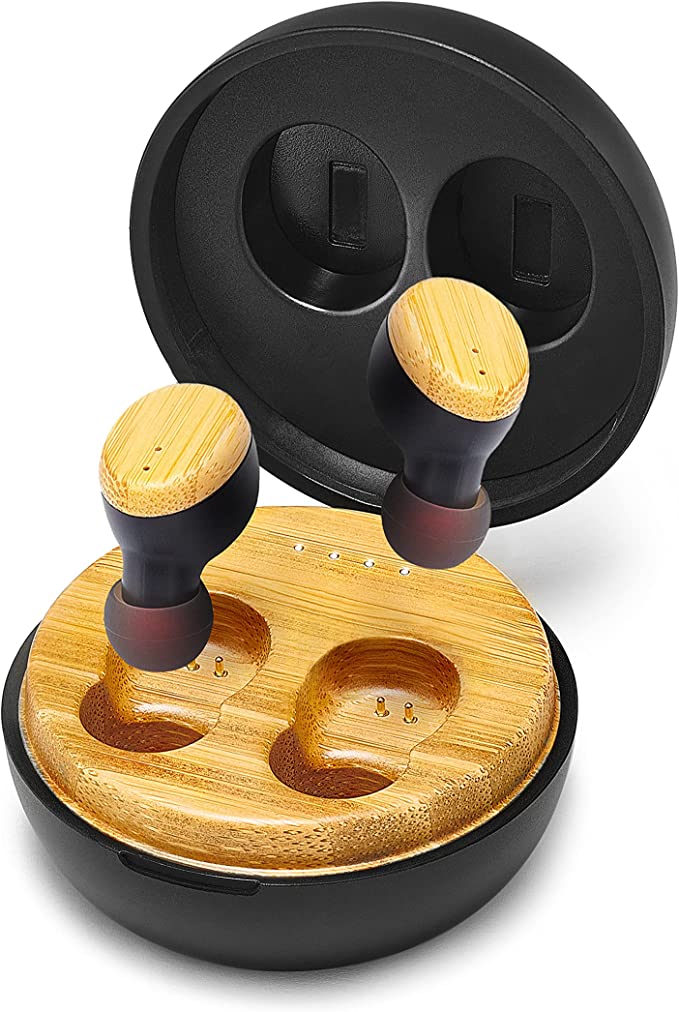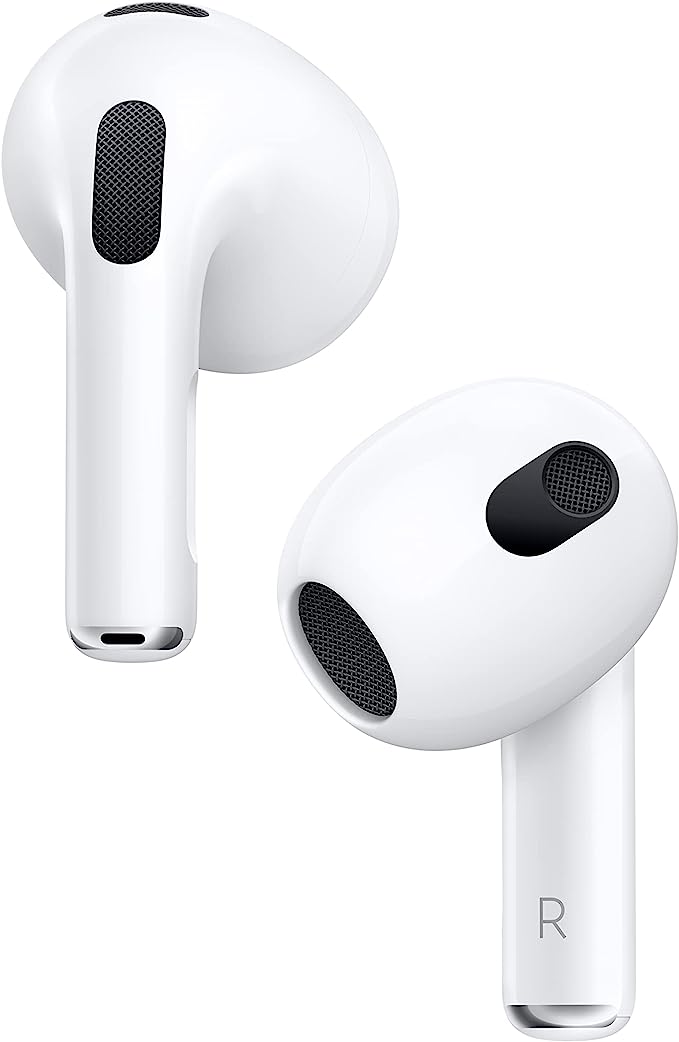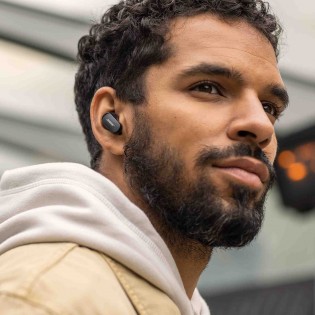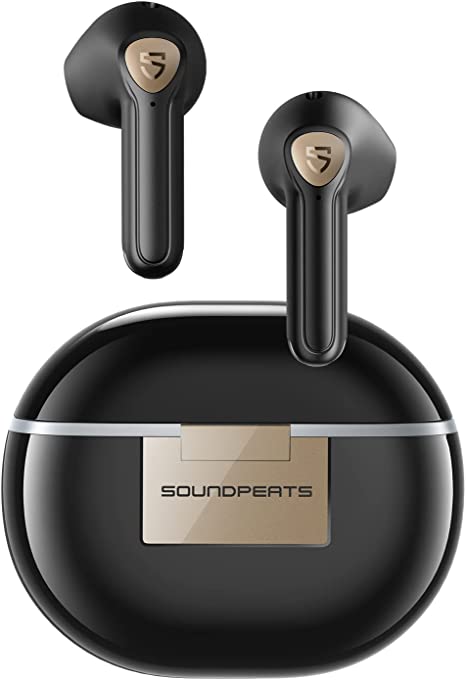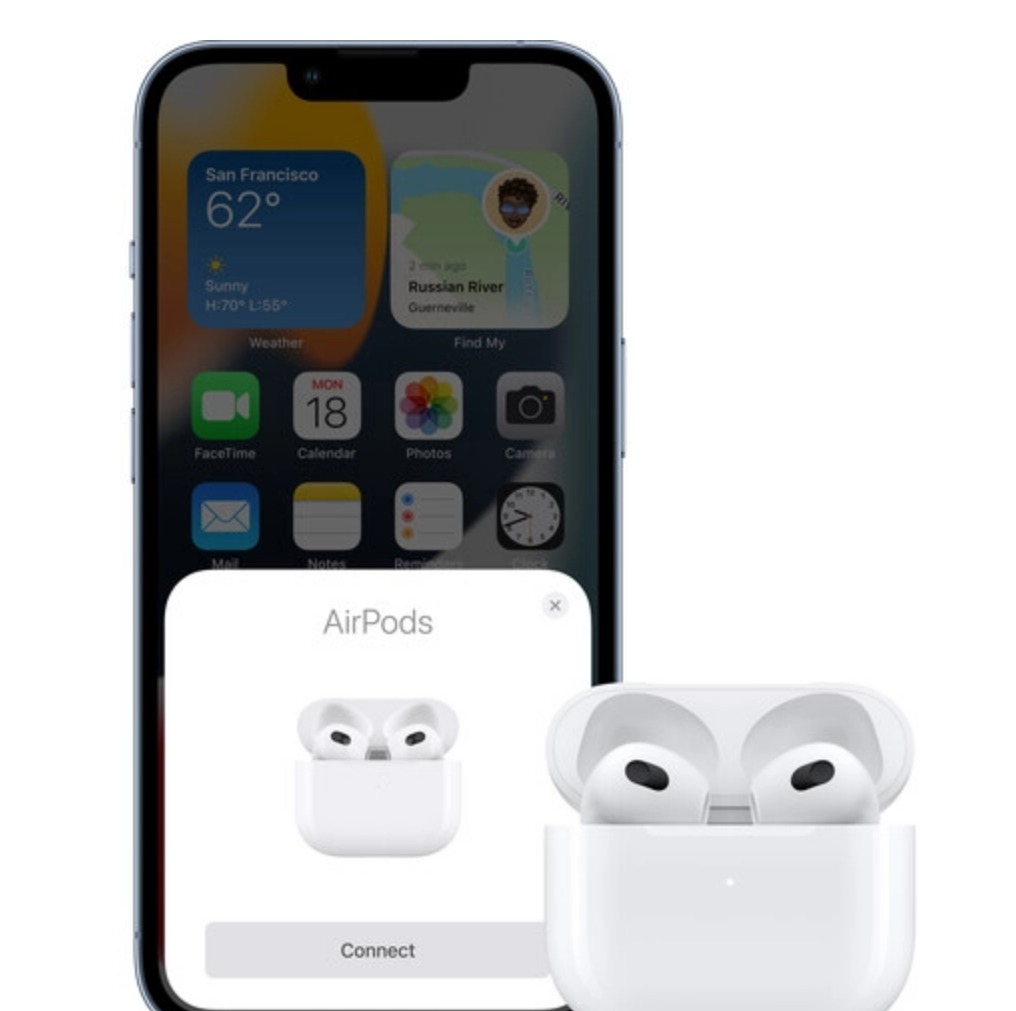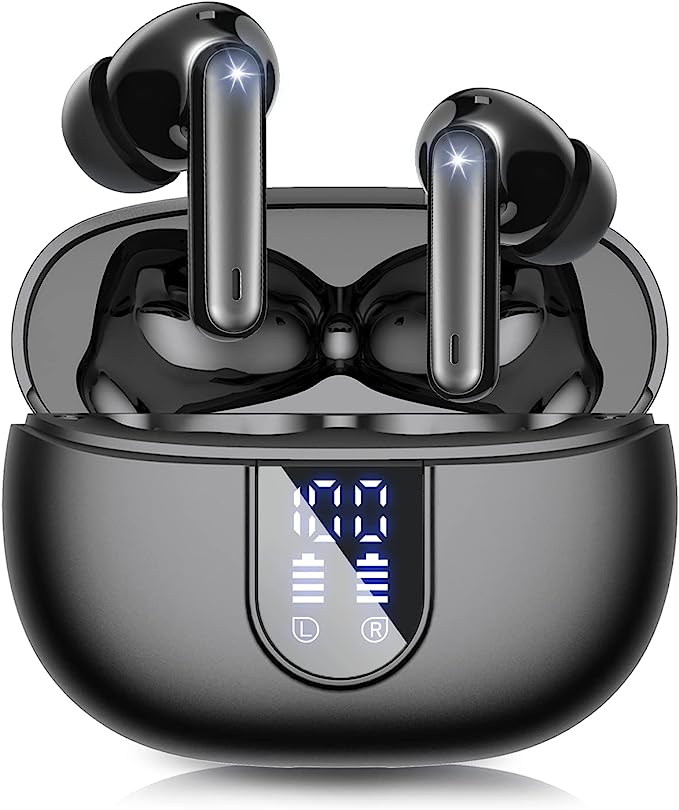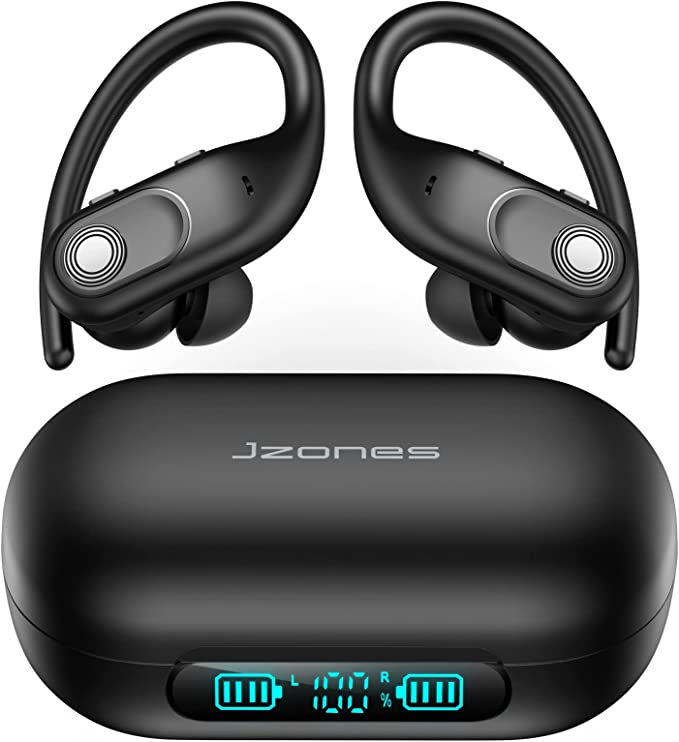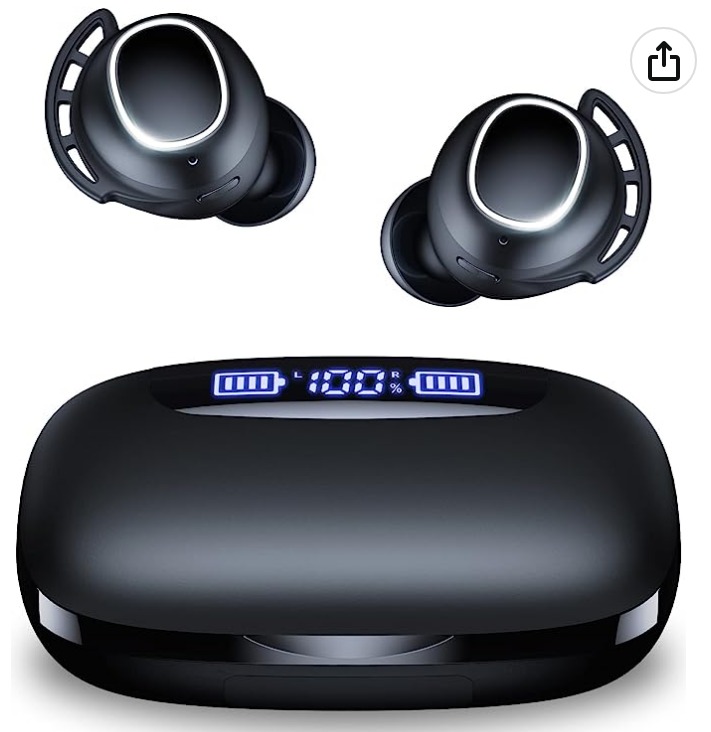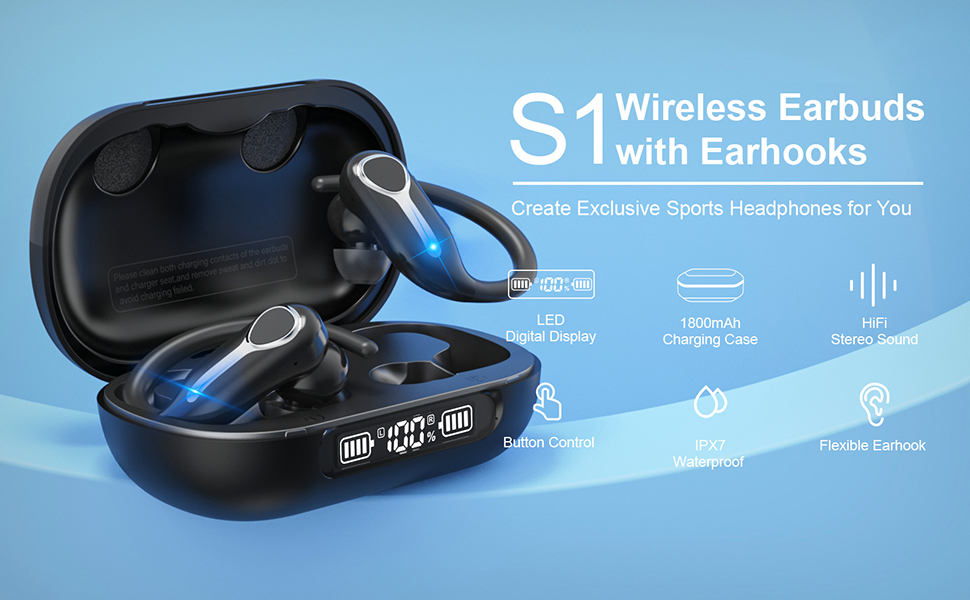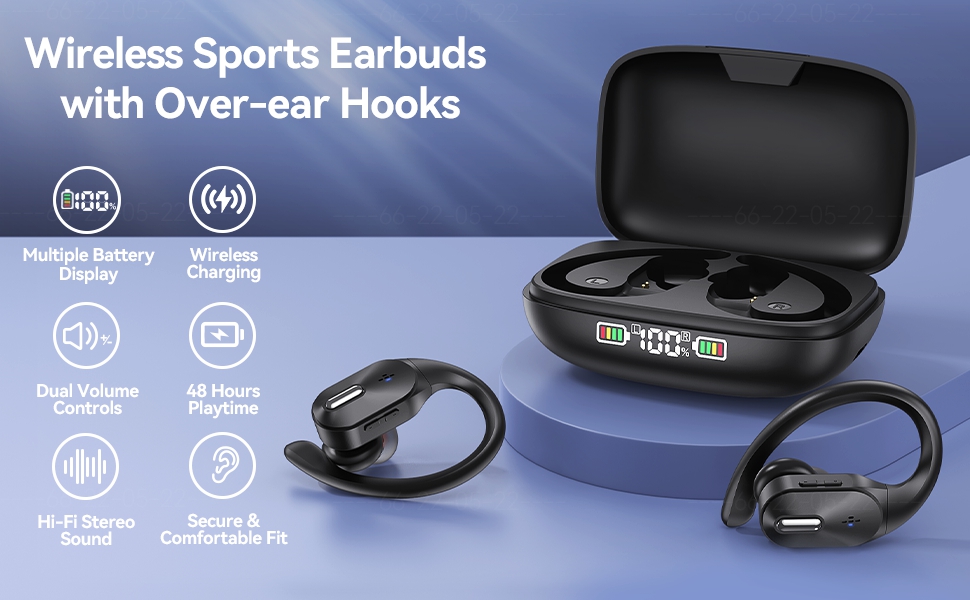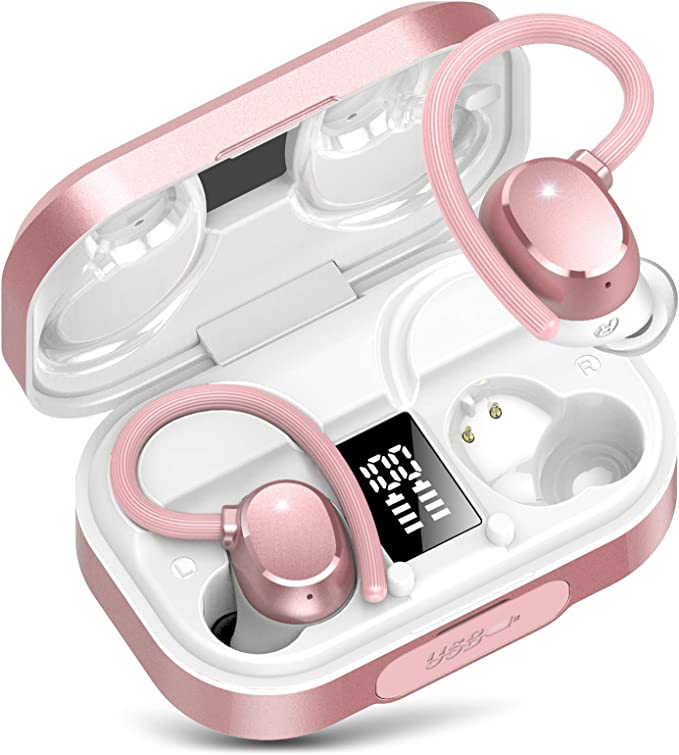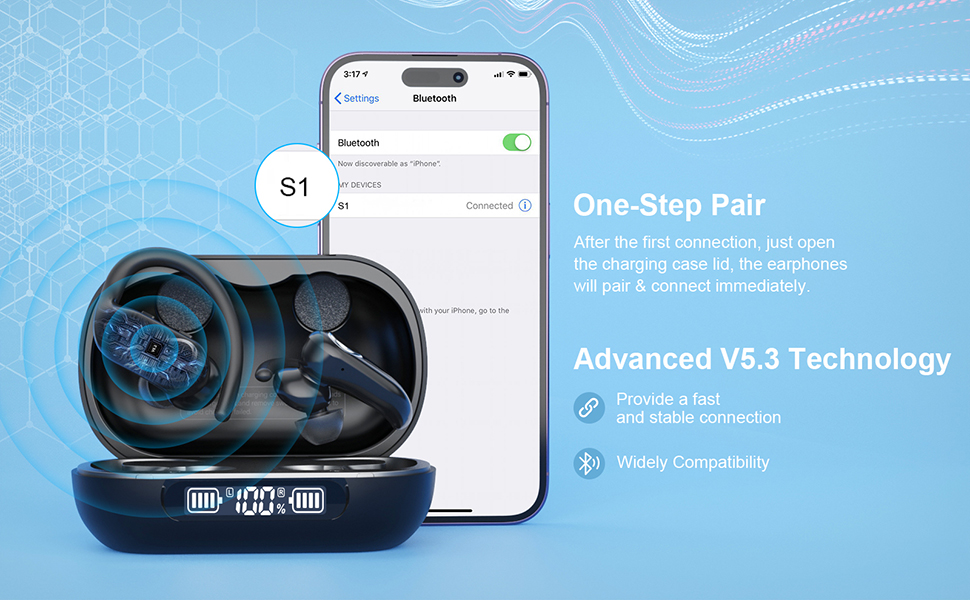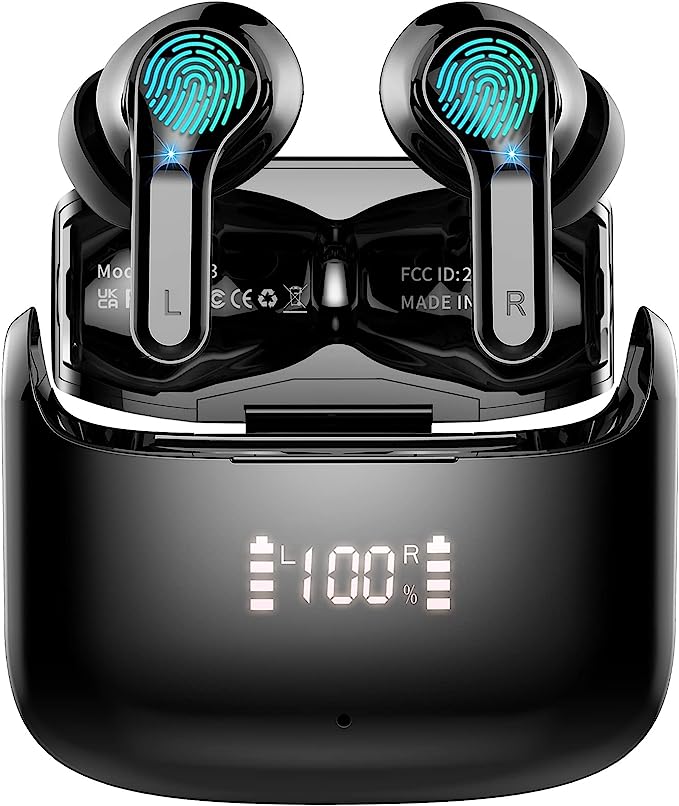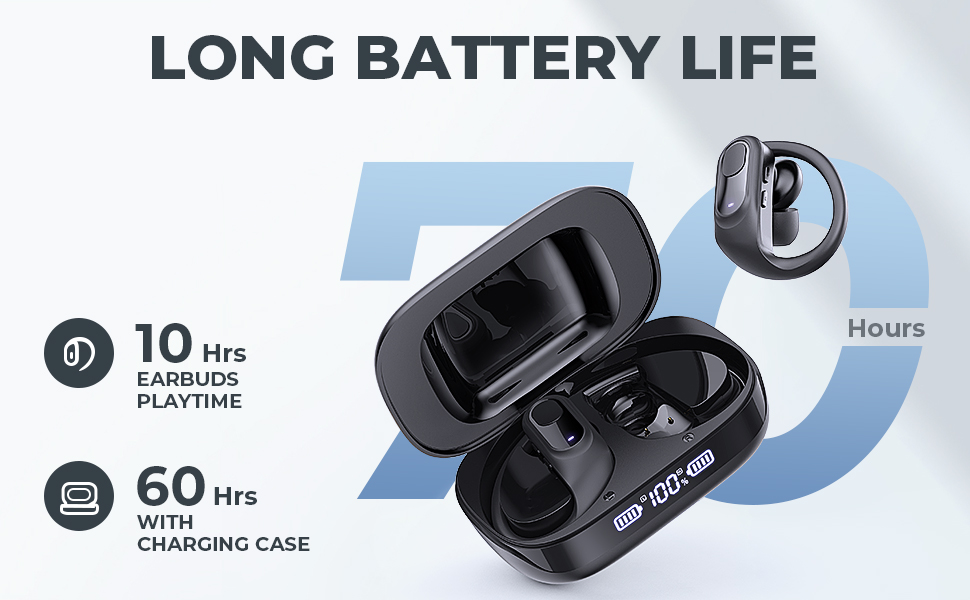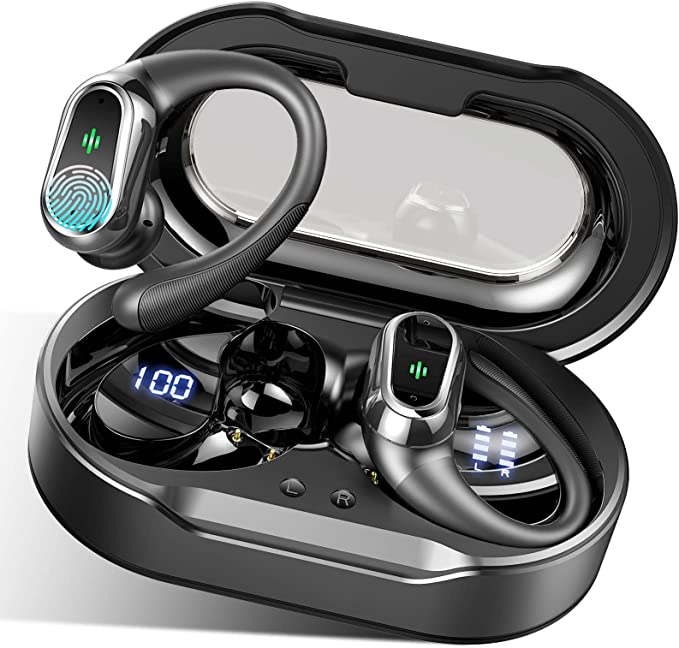Beats Powerbeats Pro 2 Wireless Earbuds: Your Ultimate Workout Companion with Heart Rate Monitoring
Update on Feb. 28, 2025, 7:09 a.m.
The pursuit of fitness often goes hand-in-hand with the search for the perfect soundtrack. Music can motivate, energize, and help us push through those grueling final reps or miles. But finding headphones that can keep up with an active lifestyle presents a unique set of challenges. They need to stay securely in place, deliver high-quality audio, withstand sweat and the elements, and ideally, offer insights into our physical exertion. The Beats Powerbeats Pro 2 aim to address these challenges, packing a suite of technologies into a sleek, earhook design. Let’s delve into the science behind these features, moving beyond marketing jargon to understand how they actually work.

Staying Put: The Physics of a Secure Fit
One of the most common frustrations with earbuds, especially during exercise, is their tendency to loosen or fall out. The Powerbeats Pro 2 tackles this problem head-on with their distinctive earhook design. But this isn’t just about adding a hook; it’s about applying principles of biomechanics and material science.
The earhooks themselves are crafted from a nickel-titanium alloy, often referred to as Nitinol. This material is far from ordinary. Nitinol is a shape-memory alloy, meaning it can be deformed and then return to its original shape when heated. This property, known as superelasticity, allows the earhooks to flex and adapt to the unique contours of each individual’s ear, providing a customized and secure fit.
Think of it like this: when you first put on the Powerbeats Pro 2, you might adjust the earhooks slightly to find the most comfortable position. The Nitinol alloy bends and conforms to your ear’s shape. Even with vigorous movement – running, jumping, lifting – the earhooks maintain their grip, thanks to the alloy’s inherent springiness and resistance to permanent deformation. This is a significant advantage over traditional plastic earhooks, which can be brittle and prone to breakage, or soft rubber hooks that may not provide sufficient stability. Five sizes of ear tips included, makes finding the best and most comfortable fit easier.
Beyond the material, the shape of the earhook itself is crucial. It’s designed to follow the natural curve of the ear, distributing pressure evenly and minimizing discomfort. This ergonomic design is based on extensive research into the anatomy of the human ear, ensuring a snug fit that doesn’t rely solely on clamping force.

The Sound of Silence: Demystifying Active Noise Cancellation
The ability to block out distractions is a coveted feature in headphones, particularly in noisy environments like gyms or busy streets. The Powerbeats Pro 2 achieve this through Active Noise Cancellation (ANC), a technology that goes beyond simply blocking sound with physical barriers.
ANC works on the principle of destructive interference. Imagine two waves of equal size and shape, but with one inverted (flipped upside down). When these waves meet, they cancel each other out. This is essentially what ANC does with sound waves.
Here’s a breakdown of the process:
-
Microphone Surveillance: Tiny microphones on the exterior of the earbuds constantly “listen” to the surrounding environment, capturing ambient noise like traffic, conversations, and machinery.
-
Signal Processing: The captured noise is fed to the H2 chip, which acts as the brain of the ANC system. This chip uses sophisticated digital signal processing (DSP) algorithms to analyze the incoming sound waves and create an “anti-noise” signal.
-
Anti-Noise Generation: The anti-noise signal is a mirror image of the ambient noise – a sound wave with the same amplitude (loudness) but opposite phase.
-
Cancellation: This anti-noise signal is then played through the earbuds’ speakers, along with your music or other audio. When the anti-noise wave meets the original noise wave, they effectively cancel each other out, resulting in a significant reduction in perceived noise.
The Powerbeats Pro 2 also offer a Transparency mode. This might seem counterintuitive – why would you want to let in noise? But Transparency mode is crucial for safety and awareness. It uses the external microphones to pick up surrounding sounds and pass them through to your ears, allowing you to hear traffic, conversations, or announcements without removing your earbuds. This is particularly important for outdoor runners and cyclists who need to be aware of their surroundings.
The seamless switching between ANC and Transparency mode, controlled by a simple button press, demonstrates the sophisticated control offered by the H2 chip. It’s not just about on or off; it’s about providing a nuanced and adaptable listening experience.

Listen to Your Heart: The Science of Optical Heart Rate Monitoring
The Powerbeats Pro 2 go beyond audio; they also incorporate a heart rate monitor, turning your earbuds into a fitness tracking device. This isn’t magic; it’s based on a well-established technology called photoplethysmography (PPG).
PPG uses light to measure changes in blood volume. Here’s how it works:
-
Light Emission: The earbuds emit light, typically green or red, onto the skin of your ear.
-
Light Absorption and Reflection: Blood absorbs more light than the surrounding tissues. As your heart beats, the volume of blood in your ear’s capillaries changes, altering the amount of light that’s absorbed and reflected.
-
Light Detection: A sensor in the earbud detects the variations in reflected light.
-
Signal Processing: The H2 chip processes these variations, applying algorithms to filter out noise and extract your heart rate.
It’s important to note that PPG-based heart rate monitors, while generally accurate, are not as precise as medical-grade electrocardiograms (ECGs). Factors like skin tone, ambient light, and movement can affect the readings. However, for most fitness applications, PPG provides a convenient and reliable way to track your heart rate during workouts. The heart rate is shown in the paired device’s app.

Powering the Experience: The H2 Chip and Digital Signal Processing
At the heart of the Powerbeats Pro 2 lies the Apple H2 chip. This isn’t just a simple processor; it’s a highly integrated system-on-a-chip (SoC) designed specifically for audio applications. The H2 chip is responsible for a multitude of tasks, including:
- Bluetooth Connectivity: Maintaining a stable and efficient wireless connection with your phone or other devices. The Powerbeats Pro 2 utilize Class 1 Bluetooth, known for its extended range and robust connection.
- Audio Decoding: Converting digital audio files into analog signals that can be played through the speakers.
- Active Noise Cancellation: Processing the complex algorithms required for ANC and Transparency mode.
- Heart Rate Monitoring: Analyzing the data from the PPG sensor and calculating your heart rate.
- Power Management: Optimizing battery life to provide extended listening time.
- Spatial Audio Processing: With Gyro and accelerometer support
Digital Signal Processing (DSP) is a crucial aspect of the H2 chip’s functionality. DSP refers to the manipulation of digital signals, in this case, audio signals, to improve their quality or extract information. In the Powerbeats Pro 2, DSP is used for:
- Equalization: Adjusting the balance of different frequencies (bass, midrange, treble) to create a desired sound signature.
- Noise Reduction: Filtering out unwanted noise from the audio signal, even beyond the effects of ANC.
- Dynamic Range Control: Optimizing the audio’s dynamic range (the difference between the loudest and quietest sounds) for a more consistent listening experience.
The combination of the H2 chip and sophisticated DSP algorithms allows the Powerbeats Pro 2 to deliver a high-quality, customizable, and feature-rich audio experience.
Beyond Stereo: Immersive Audio and Head Tracking.
Powerbeats Pro 2 offers Personalized Spatial Audio with dynamic head tracking.
Personalized Spatial Audio with dynamic head tracking requires Apple devices with iOS 16, iPad OS 16.1, macOS 13, tvOS 16, or later, and works with compatible content in supported apps.
Leverages gyroscopes and accelerometers in the earbuds and your iPhone or iPad, then tracks the movement of your head and your device so that sound stays anchored to your device.
Conclusion: Bridging the Gap Between Sound and Science
The Beats Powerbeats Pro 2 represent a significant step forward in the integration of audio technology and fitness tracking. They’re not just about delivering music; they’re about providing a holistic sensory experience that enhances both your workout and your understanding of your body. By combining robust hardware design with sophisticated software algorithms, the Powerbeats Pro 2 exemplify how scientific principles can be applied to create innovative and user-friendly consumer products.

